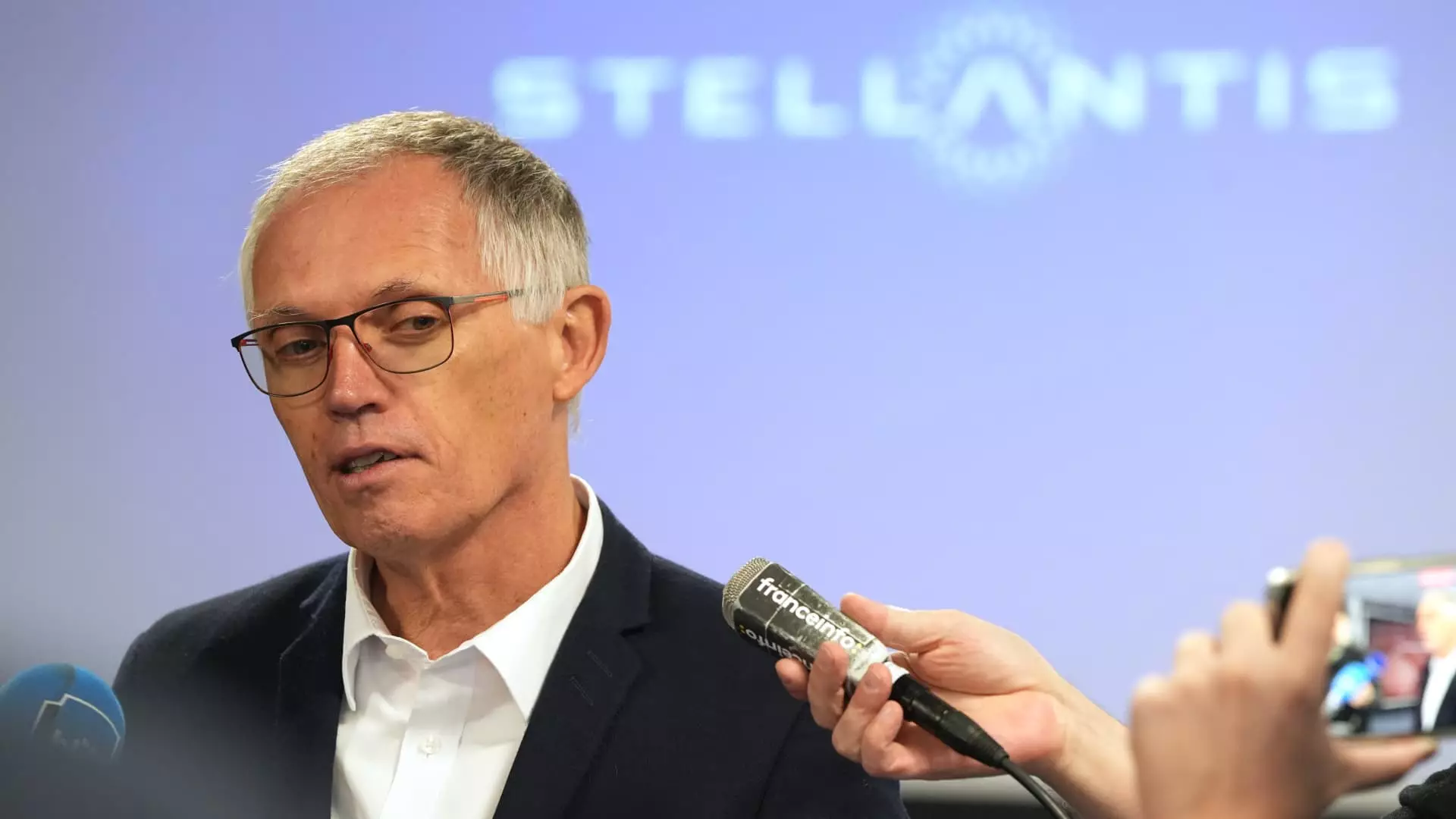The automotive industry, known for its rapid evolution and cutthroat competition, recently witnessed a significant upheaval with the unexpected resignation of Stellantis CEO Carlos Tavares. The decision surprised many, coming at a moment when Stellantis, formed from the merger of Fiat Chrysler Automobiles and PSA Groupe, was expected to build on its initial successes. However, as discussions of diverging perspectives between Tavares and the board came to light, it raises crucial questions about the underlying challenges facing the company.
Stellantis formally announced Tavares’ resignation in a statement released on a Sunday, highlighting that the board of directors offered a difference in viewpoints regarding the company’s future direction. This disparity became a decisive factor leading to Tavares’ immediate departure from the firm. For a company built on the foundations of collaboration and unity among its major shareholders, such a split exhibits underlying tensions that could have long-term repercussions.
The automaker has stated that it already has processes in place to find a suitable successor. An interim executive committee headed by chairman John Elkann has been established to steer the company until a new CEO is appointed, likely aimed at preserving stability during this transition. Yet, the swift transition of leadership can often lead to insecurity in corporate strategy, especially in a climate where Stellantis is grappling with underwhelming financial forecasts and sluggish sales.
Tavares was lauded for his role in spearheading Stellantis’ inception and engineering its operational models. Yet, the recent challenges faced by the company cannot be overlooked. The alarming drop in expected financial performance and sales figures this year, with a reported 27% drop in third-quarter net revenues, drew criticism, particularly given that the U.S. market has historically been a cash cow for the business.
Despite Tavares’ intentions to rectify previous missteps labeled as “arrogant,” his efforts appeared insufficient in reversing the downward trajectory of U.S. sales. Concerns about high vehicle prices and inadequate investments in product innovation contributed to a staggering 20% decrease in global vehicle sales during the third quarter. As U.S. shares plummeted roughly 43% in 2024, investor anxiety burgeoned—questioning both Tavares’ leadership and Stellantis’ long-term viability.
The Cost-Cutting Controversy
Tavares’ approach emphasized aggressive cost-cutting measures following the merger, aiming to streamline operations and maximize profitability. His self-reported savings of approximately €8.4 billion ($9 billion) are noteworthy, yet these cuts have drawn fire from various stakeholders. The decision to reshape the supply chain, reduce headcount significantly, and increase operations in lower-cost countries has caused chaos internally.
Industry insiders revealed that the relentless cost-cutting ultimately produced an environment of excessive pressure within the workforce. Layoffs, particularly in the U.S. and Italy, incited backlash from unions, with the United Auto Workers particularly vocal against Tavares’ management style. The insistence on austerity measures might have achieved short-term goals but has evidently alienated both employees and dealer networks, who collectively faced challenges from stagnant inventories and reduced financial backing.
Transitioning leadership is rarely smooth, and Stellantis is facing a pivotal moment in deciding its next steps. As shareholder confidence wavers, the new CEO’s ability to create a shared vision with the board and align it with the expectations of the workforce and the market will be critical.
The incoming leader will need to strike a balance between maintaining rigorous cost discipline and fostering innovation. This includes an urgent restructuring of the Stellantis brand portfolio, ensuring that newly designed or upgraded products address market demand while inviting customer enthusiasm. Revitalizing its U.S. strategy must also be a priority, as restoring sales momentum is crucial for the company’s recovery.
To thrive in an unpredictable automotive landscape, Stellantis must not only address the immediate aftermath of Tavares’ departure but also reestablish a culture of collaboration and accountability. This might entail rebuilding relationships with unions, revamping communication strategies with dealerships, and engaging with the broader market to restore trust and confidence as they navigate the challenges ahead.

